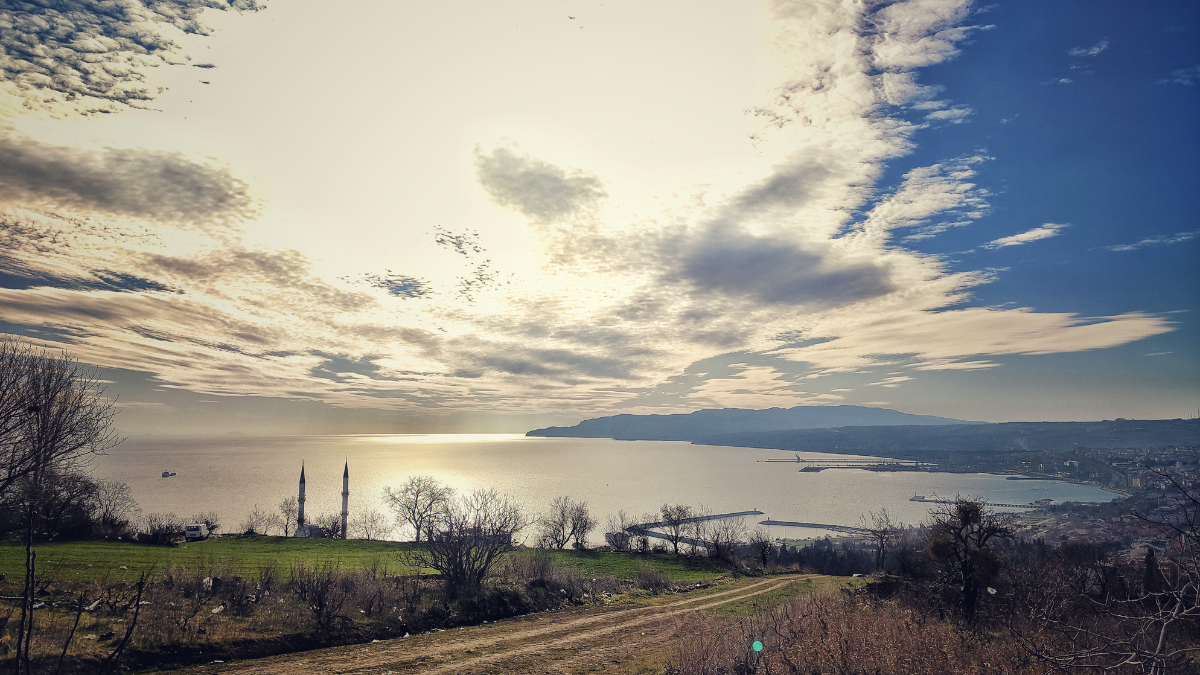Introduction To Microclimates of Peru
Let’s embark on a weather adventure to Peru, where it’s not just one-size-fits-all when it comes to climate! Imagine this South American gem as a patchwork quilt of different weather vibes, creating a variety of microclimates. No need for meteorological jargon – we’re talking about Peru being a weather playground with cool variations. So, get ready to explore the colorful palette of microclimates in Peru, where each region has its own unique climate story.
Peru is a country of fascinating geographical and climatic diversity, with landscapes ranging from the arid coastal plains of the Pacific to the peaks of the Andes and the lush rainforests of the Amazon. Understanding the intricate puzzle of Peru’s microclimates is crucial not only for scientific inquiry but also for sustainable agricultural practices, tourism, and conservation efforts.Table of Contents
Geography of Peru
Peru has 90 different microclimates, including 30 of the 32 world climates, making it one of the most diverse countries in the world in microclimates. The three main regions, coast, mountains and jungle also contain the three main climates. The coast has a subtropical climate and very little rainfall (most of the coast is desert). The Andes region has a cool-to-cold highland climate while the Amazon region has a tropical, equatorial climate that’s hot all year round.
Peru’s topography is incredibly diverse, each landscape influencing the climate and nurturing unique microclimates. The coastal region, influenced by the cold Humboldt Current, showcases desert-like conditions. In contrast, the highlands feature the towering Andes mountains, home to both glaciated peaks and fertile valleys. Further east, the Amazon rainforest boasts a humid tropical climate.
Climate Zones in Peru
Peru is divided into three major climate zones. The coastal region experiences minimal rainfall and moderate temperatures. The highland region, encompassing the Andes, experiences cooler temperatures, with drastic changes between day and night. The eastern lowlands, primarily the Amazon rainforest, remain warm and humid throughout the year.
Understanding Microclimates of Peru
Microclimates are localized climate conditions that can differ from the surrounding area, often caused by variations in altitude, topography, vegetation, and human activity. In Peru, these microclimates are particularly prevalent due to the country’s varied geography, creating a mosaic of unique ecosystems and habitats. With diverse microclimates, Peru stands as a captivating study of nature’s adaptability and resilience.
Microclimates of Peru in Coastal Regions
Peru’s coastal microclimates are heavily influenced by the cold Humboldt Current, which generates a unique coastal desert environment. This phenomenon leads to an upwelling of nutrient-rich waters, fostering an abundance of marine life which, in turn, supports a thriving fishing industry. The coastal microclimate is characterized by a cool, foggy weather, a stark contrast to the typical equatorial heat.
Microclimates of Peru in Highland Regions
Due to their immense altitudinal variations, the Andes Mountains nurture a spectrum of microclimates. The high altitude and steep slopes create an environment where temperature and weather can change dramatically over short distances. This results in highland microclimates ranging from freezing glacial fields to temperate valleys, each providing a distinct habitat for a diverse range of flora and fauna.
To know more about Micro Climates in different regions
Video: https://youtu.be/rvJ68k2sKyo?si=s5skoZEJxgm0eUhf
Microclimates of Peru in the Amazon Rainforest
The Amazon Rainforest, often referred to as the “lungs of the earth”, presents a myriad of microclimates. These are largely influenced by high humidity, abundant precipitation, and dense vegetation. The rainforest’s microclimates support a rich biodiversity, with different zones hosting unique species adapted to their specific climatic conditions.
Unique Microclimates of Peru in Specific Areas
Peru is dotted with regions that boast their distinct microclimates. For instance, Machu Picchu’s high-altitude cloud forest exhibits a microclimate that supports a variety of endemic species. Similarly, Lake Titicaca’s high-altitude, semi-arid microclimate creates a unique environment for local wildlife and traditional agriculture practices.
Human Impact on Microclimates of Peru
Human activities, such as agriculture, deforestation, and urbanization, profoundly influence Peru’s microclimates. These activities can disturb the natural climate intricacies, leading to the loss of biodiversity and alteration of weather patterns.
Climate Change and Microclimates Of Peru
Climate change poses a significant threat to Peru’s diverse microclimates. Rising temperatures, changing precipitation patterns, and increasing frequency of extreme weather events could disrupt this delicate climatic balance. Current research indicates that Peru’s microclimates, and the unique ecosystems they support, are under threat, making it imperative to take action to mitigate the impacts of climate change.
To know more about climate changes
Video: https://youtu.be/EDh0VlEpluQ?si=-xB3SBfuopM0QExL
Conclusion Of Microclimates of Peru
Peru’s climatic riches, from its coastal regions molded by the Humboldt Current, to the altitudinal variations of the Andes, and the dense, humid expanse of the Amazon Rainforest, underscore the nation’s incredible diversity of microclimates. These unique climatic conditions create habitats for an array of endemic species and support a range of human activities, from fishing to agriculture. Simultaneously, Peru’s microclimates are a testament to nature’s adaptability and resilience. However, the human impact on these microclimates and the looming threat of climate change put these exceptional climatic intricacies at risk. As such, understanding and preserving Peru’s microclimates is not only a scientific priority but also a crucial step towards sustainable development and biodiversity conservation. The delicate climatic balance that characterizes Peru’s microclimates is a treasure that we must strive to protect for future generations.
Frequently Asked Questions about Microclimates of Peru
- What role does the Humboldt Current play in shaping Peru’s coastal microclimates?
The Humboldt Current, a cold, low-salinity ocean current that flows north along the western coast of South America, greatly influences Peru’s coastal microclimates. It generates a unique coastal desert environment characterized by cool, foggy weather, starkly contrasting to the typical equatorial heat. The upwelling of nutrient-rich waters brought about by this current fosters abundant marine life, consequently supporting a thriving fishing industry.
- How does human activity impact Peru’s microclimates?
Human activities such as agriculture, deforestation, and urbanization profoundly influence Peru’s microclimates, often disturbing their natural intricacies. These activities can lead to the loss of biodiversity and alteration of weather patterns, underscoring the need for sustainable practices in these areas.
- What effects could climate change have on Peru’s diverse microclimates?
Climate change poses a significant threat to Peru’s microclimate diversity. Rising temperatures, changing precipitation patterns, and an increasing frequency of extreme weather events could disrupt the delicate climatic balance of the country. Current research indicates that Peru’s microclimates and the unique ecosystems they support are under threat, making it essential to take action to mitigate the impacts of climate change.








![Newzvilla Maruti eVX Electric SUV to Feature Dual Screens and Rotary Dial [Video].](https://newzvilla.co.in/wp-content/uploads/2024/04/Screenshot-2024-04-04-212840-551x431.png)




Leave feedback about this